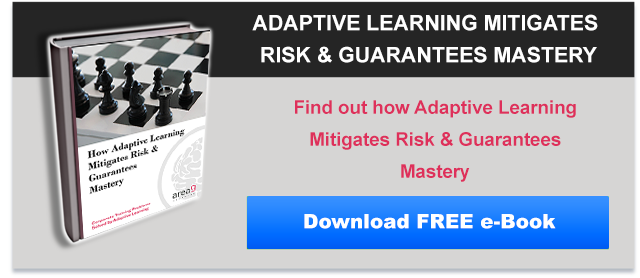Organizations such as the Occupational Safety and Health Administration (OSHA) and the Centre for Medicare Services, and legislation such as the Health Insurance Portability and Accountability Act (HIPAA) and the Food Safety and Traceability Act (FSMA), have created professional standards and training requirements for businesses and institutions. When audited, the onus is on each entity to prove that they have met these specifications.
Many businesses must meet more than one standard (for example, OSHA and FSMA). While most have opted to use technology to track compliance training requirements, those that use an insular information management system often create more work and frustration for themselves.
While many learning management systems can keep track of compliance training for auditing purposes, Adaptive Learning goes a step further to demonstrate the extent to which compliance training was effective for individual employees.
How Adaptive Learning Software Tracks Compliance Training Progress
As with traditional learning management systems, Adaptive Learning’s cloud-based system allows companies to track training for different regulatory bodies, as well as the different training delivery methods for those bodies. But Adaptive Learning goes even further to provide comprehensive granular data at the individual, team, and company-wide level. While this information makes it easier to produce reports for submission to the required governing bodies (and to give to your board) to prove compliance, it also allows administrators to ascertain the areas in compliance training in which individual employees excel, as well as those areas that point to gaps in knowledge.
This is how it works.
The Adaptive Learning algorithms interweave questions and content to determine learners’ competence in strategic compliance areas, and to optimize the individual paths to mastery. Gaps are filled, misconceptions are corrected, and areas of preexisting competence are rapidly skipped over.
Adaptive Learning’s dynamic and interactive approach provides more effective training because learners focus on what they need to know, not on what they already know. And this data is readily available to employers.
Proving Training Effectiveness
Adaptive Learning software collects learner data about strengths and weaknesses, and the algorithms use this data to optimize each learner’s experiences. But the same data allows employers to discern patterns that may be useful for future training, including how fast and the extent to which individual employees are gaining proficiency in key areas.
You already know that each well-trained employee is an asset to your company rather than a potential liability. By quantifying training progress for individual employees, employers can take the guesswork out of their compliance training, allowing for a more accurate and up-to-date view of the state of compliance training within the company. Ultimately, being able to prove the effectiveness of compliance training at an individual level is better — and safer — for your company.
For more information on the other ways that Adaptive Learning software can mitigate the risks to your business through better compliance training, download this ebook.









